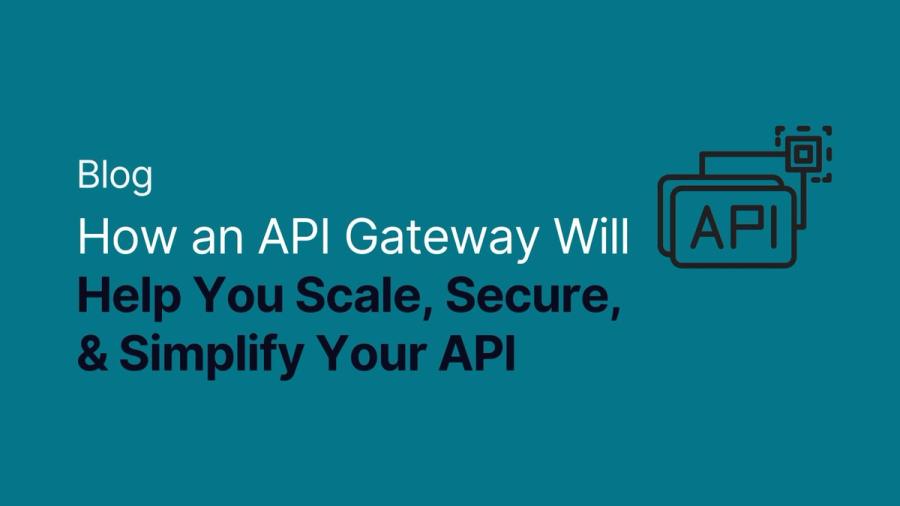
Kubernetes API Gateway
You’re building an e-commerce platform. This is a huge undertaking, so you have split your system into separate services: catalog, inventory, user, order, payment, shipping. Each is needed for the platform to work efficiently, but users can’t have separate access to each. What’s the answer?
A Kubernetes API gateway provides a unified API interface to frontend clients, optimizes API calls for different client types, handles cross-cutting concerns centrally, and aggregates data from multiple services. It does all this while maintaining your platform's security, ensuring it doesn’t become overloaded, and simplifying your overall code.
Let’s examine more closely to understand how they will fit into your services.
September 6, 2024 | 15 min read

Kubernetes API Gateway
I’m Cindy Mullins, the Community Manager here at Ambassador. Our Community Corner segments on LinkedIn feature a weekly deep dive into common questions we get in our Community across all of our products: Edge Stack API Gateway, Telepresence, and Blackbird API Development.
In this session, I wanted to explore how Edge Stack API Gateway resources are defined in Kubernetes and why we take the approach of using custom resource definitions (or CRDs) rather than rely, as some API Gateways do, on the Kubernetes Ingress Resource.
September 3, 2024 | 8 min read

API Development
feat. Civo’s Kunal Kushwaha
August 29, 2024 | 7 min read

API Development
Let's say you're a backend developer for a large fintech company. You've been tasked with building the main set of APIs that'll power this company, and you're only 40% into it. Plus, you've got to launch in just a few days.
At this point, you not only have to finish building this API but integrate and test it. With your limited time, that's nearly impossible. The only way to resolve this issue in the nick of time is by using a mocking API so you and your team can work quickly and in parallel.
Mocking APIs allows you to create a simulated version of an actual web service; in this article, you'll understand how it works, the steps to set up an API mock and some best practices for Mocking APIs.
August 28, 2024 | 13 min read

Kubernetes API Gateway
Imagine you're developing a food ordering application for your favorite restaurant. Like any other food ordering app, it would have functionalities for placing orders, paying for them, delivering them, etc.
Since these are all separate functionalities, you might consider using a microservice architecture for this application. That way, each functionality (service) can be tested, deployed, and scaled independently.
You might be wondering how they'd communicate with each other. Well, that's simple - APIs. For example, when the ordering service needs to confirm item details, it sends an API request to the menu service. Similarly, when it's time to process a payment, it sends an API request to the payment service.
August 27, 2024 | 15 min read

API Development
I’ve been writing and teaching about the Align-Define-Design-Refine (ADDR) API design first process for many years. Along the way, I have made updates and improvements to the process. One thing that was lacking was a tool to complement the work of teams using ADDR. I’ve recently begun to explore a new product from Ambassador called Blackbird, which promises to accelerate the API lifecycle.
In this article, I’ll provide a brief review of the ADDR process, then use the artifacts from ADDR to help me design and mock the API. I’ll capture some tips and call out a few wishlist items that I hope Blackbird will incorporate into future releases.
Understanding the ADDR Process
August 26, 2024 | 7 min read










